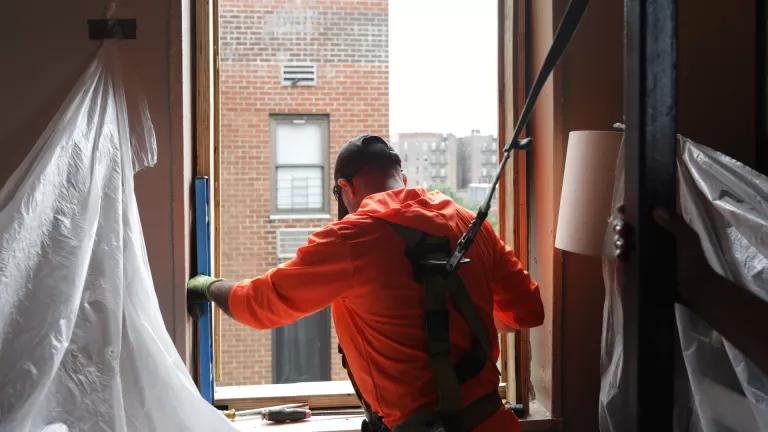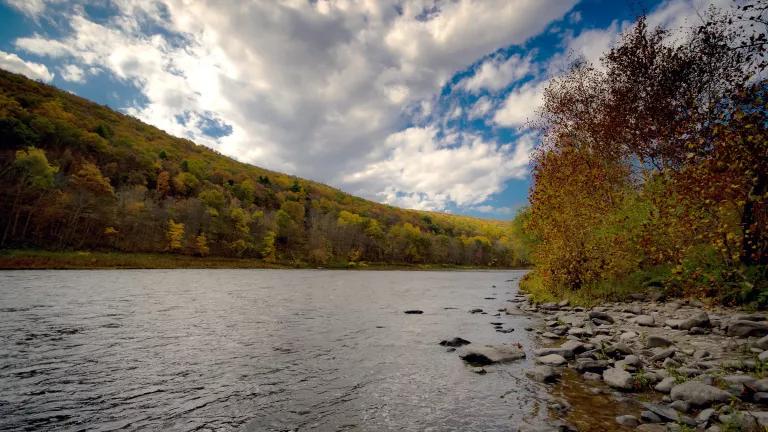Given its relatively close proximity to the D.C. metro area, Delaware and its beaches are a popular summertime destination for many people in the region. In 2010, over 7 million people visited the state, and 19 percent of these visitors spent time at the beach. Unfortunately, I haven’t had the chance to enjoy Delaware’s beaches yet, but they’re definitely on the list of places to visit next summer.
As the second smallest state in the U.S. and owing to its coastal location, Delaware is particularly susceptible to coastal storms and associated flooding and erosion. Tropical storms and nor’easters regularly cause storm surge of 2 to 4 feet along the Delaware Bay and Atlantic coast. And over the last century, sea level has risen 13 inches along the Delaware coast.
The committee found that sea level rise could result in the permanent flooding of:
- 8 to 10 percent of the state’s total land area;
- 81 to 99 percent of impounded coastal wetlands statewide;
- 39 to 78 percent of the state’s fifty miles of dams, dikes, and levees;
- 16 to 25 percent of coastal heavy industrial areas;
- 36 to 73 percent of the Port of Wilmington; and
- Over 19,000 commercial and residential properties.
Critical public safety features, such as fire and emergency stations, police stations, and evacuation routes, also would be at risk from sea level rise. Public health could be further jeopardized by the thousands of septic tanks, over 135 wastewater pumping stations and treatment facilities, and over 50 brownfield sites and landfills that are vulnerable to flooding as well.
By conducting a complete assessment of what’s at risk, Delaware has taken a critical first step toward devising a sea level rise preparedness plan. The committee can now begin the process of identifying strategies that will help the people, communities, and natural resources of Delaware cope with rising seas.
As one of the smallest and least populous states in the country, the "Small Wonder" is making big strides toward addressing climate change risks. There’s no excuse for other states not to do the same.



